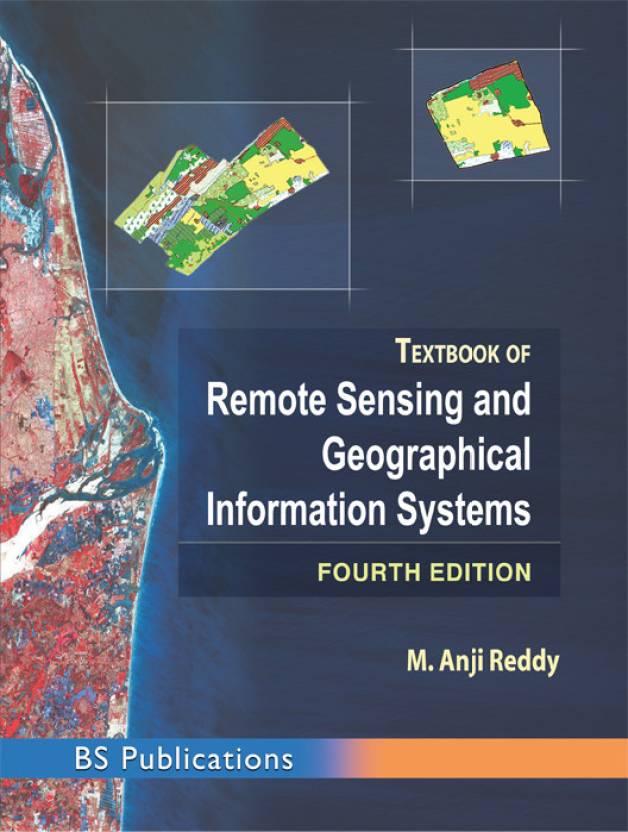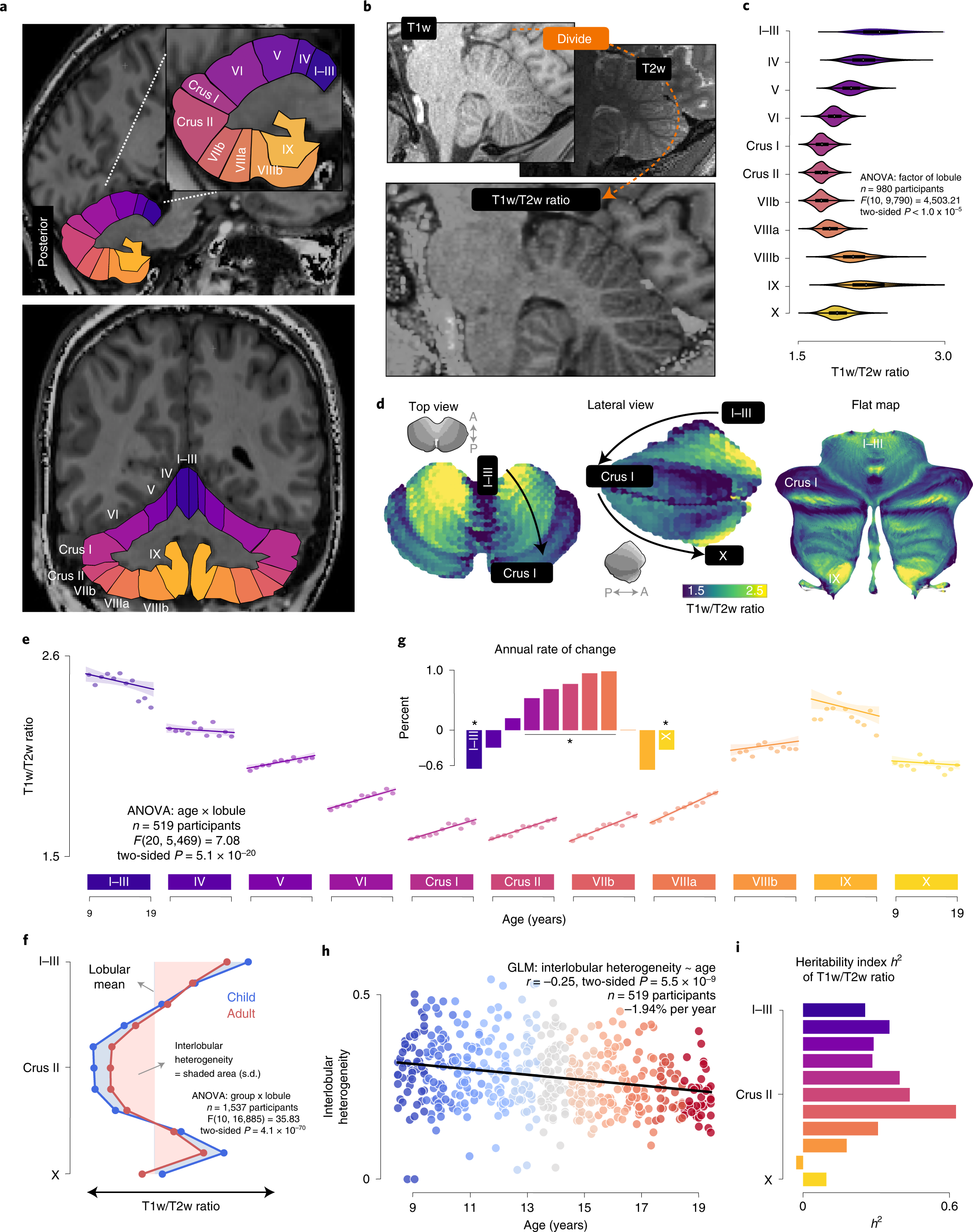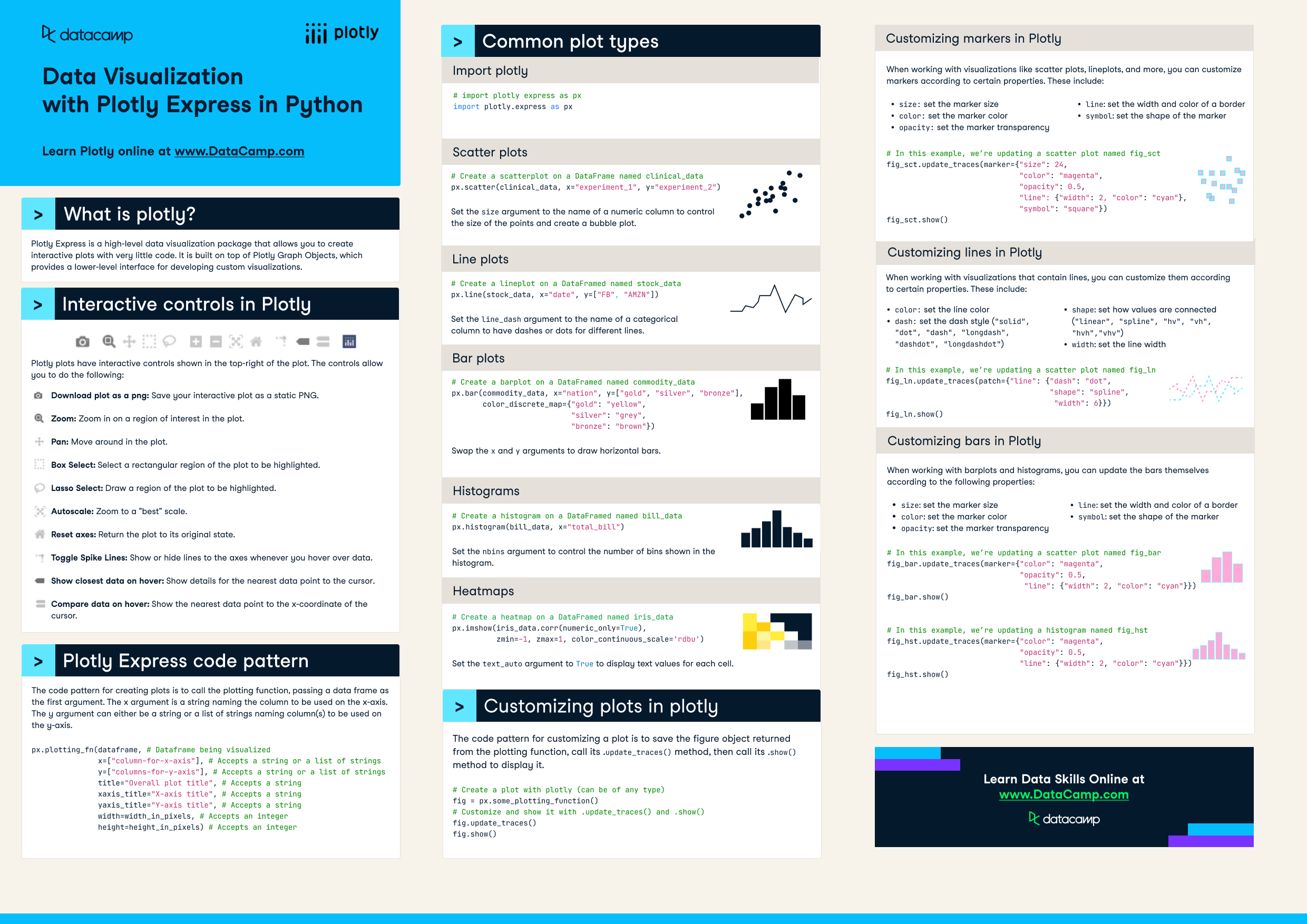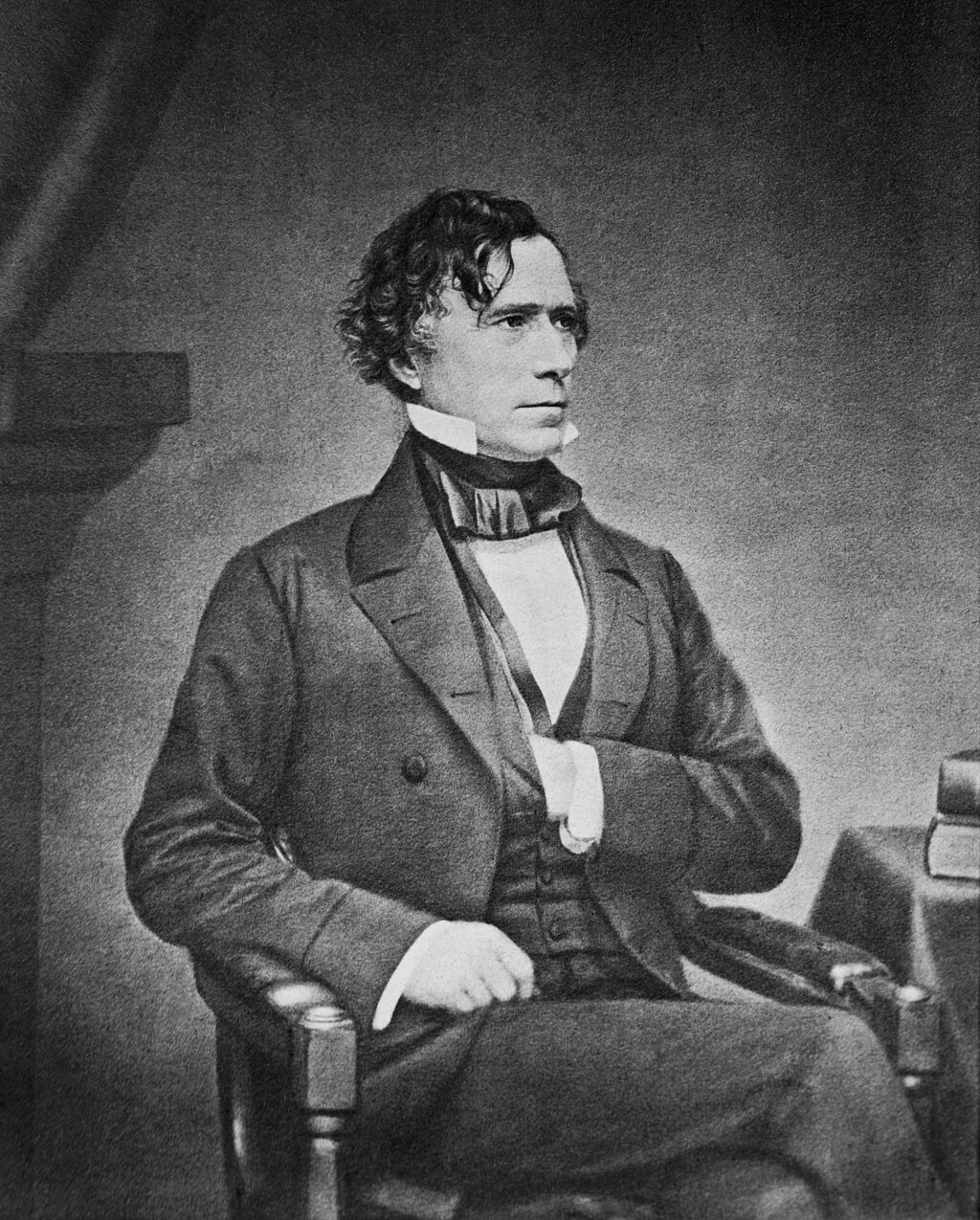Remote Sensing, Free Full-Text
Por um escritor misterioso
Last updated 22 dezembro 2024

The emergence of hyperspectral optical satellite sensors for ocean observation provides potential for more detailed information from aquatic ecosystems. The German hyperspectral satellite mission EnMAP (enmap.org) currently in the production phase is supported by a project to explore the capability of using EnMAP data and other future hyperspectral data from space. One task is to identify phytoplankton taxonomic groups. To fulfill this objective, on the basis of laboratory-measured absorption coefficients of phytoplankton cultures (aph(λ)) and corresponding simulated remote sensing reflectance spectra (Rrs(λ)), we examined the performance of spectral fourth-derivative analysis and clustering techniques to differentiate six taxonomic groups. We compared different sources of input data, namely aph(λ), Rrs(λ), and the absorption of water compounds obtained from inversion of the Rrs(λ)) spectra using a quasi-analytical algorithm (QAA). Rrs(λ) was tested as it can be directly obtained from hyperspectral sensors. The last one was tested as expected influences of the spectral features of pure water absorption on Rrs(λ) could be avoided after subtracting it from the inverted total absorption. Results showed that derivative analysis of measured aph(λ) spectra performed best with only a few misclassified cultures. Based on Rrs(λ) spectra, the accuracy of this differentiation decreased but the performance was partly restored if wavelengths of strong water absorption were excluded and chlorophyll concentrations were higher than 1 mg∙m−3. When based on QAA-inverted absorption spectra, the differentiation was less precise due to loss of information at longer wavelengths. This analysis showed that, compared to inverted absorption spectra from restricted inversion models, hyperspectral Rrs(λ) is potentially suitable input data for the differentiation of phytoplankton taxonomic groups in prospective EnMAP applications, though still a challenge at low algal concentrations.

Textbook Of Remote Sensing And Geographical Information Systems M Anji Reddy 3e 2008 Book : Free Download, Borrow, and Streaming : Internet Archive

Remote Sensing, Free Full-Text

Sensors, Free Full-Text

Remote Sensing of Environment, Journal

PDF] Text Book of Remote Sensing and Geographical Information Systems By M. Anji Reddy Book Free Download – EasyEngineering

Remote Sensing, Free Full-Text, Neural Network Based Quality Control of CYGNSS Wind Retrieval, HTML

Introduction to Remote Sensing: Sixth Edition
remote-sensing · GitHub Topics · GitHub

Multi-mission satellite remote sensing data for improving land hydrological models via data assimilation
Recomendado para você
-
 A multifaceted gradient in human cerebellum of structural and functional development22 dezembro 2024
A multifaceted gradient in human cerebellum of structural and functional development22 dezembro 2024 -
 Correlation analysis of chronological age, scores in modified frailty22 dezembro 2024
Correlation analysis of chronological age, scores in modified frailty22 dezembro 2024 -
 Plotly Express Cheat Sheet22 dezembro 2024
Plotly Express Cheat Sheet22 dezembro 2024 -
 Polarization Curves: setup, recording, processing and features - PalmSens22 dezembro 2024
Polarization Curves: setup, recording, processing and features - PalmSens22 dezembro 2024 -
 One Piece: Unlimited World: Day One Edition - Nintendo 3DS : Namco Bandai Games Amer: Everything Else22 dezembro 2024
One Piece: Unlimited World: Day One Edition - Nintendo 3DS : Namco Bandai Games Amer: Everything Else22 dezembro 2024 -
 Instant Smooth Makeup Primer, Best Face Primer For Wrinkles22 dezembro 2024
Instant Smooth Makeup Primer, Best Face Primer For Wrinkles22 dezembro 2024 -
 PC plot of for single nucleotide of 10 organisms. Circle: A nucleotide22 dezembro 2024
PC plot of for single nucleotide of 10 organisms. Circle: A nucleotide22 dezembro 2024 -
 Lip Perfector 2-in-1 Lip and Cheek Color Balm22 dezembro 2024
Lip Perfector 2-in-1 Lip and Cheek Color Balm22 dezembro 2024 -
 ALL 8 NEW *SECRET* UPDATE CODES in LEGEND PIECE CODES! (Roblox Legend Piece Codes) ROBLOX22 dezembro 2024
ALL 8 NEW *SECRET* UPDATE CODES in LEGEND PIECE CODES! (Roblox Legend Piece Codes) ROBLOX22 dezembro 2024 -
 Robin Hood, Overview, Legend & Legacy - Video & Lesson Transcript22 dezembro 2024
Robin Hood, Overview, Legend & Legacy - Video & Lesson Transcript22 dezembro 2024
você pode gostar
-
 Claire's Love Faux Nails Girl's Black//Pink22 dezembro 2024
Claire's Love Faux Nails Girl's Black//Pink22 dezembro 2024 -
 Como desenhar galinha e pintinhos fácil passo a passo22 dezembro 2024
Como desenhar galinha e pintinhos fácil passo a passo22 dezembro 2024 -
![Download Stick Fight for iOS Absolutely Free Today [Download Link]](https://cdn.wccftech.com/wp-content/uploads/2020/04/stick-fight-for-ios-3.png) Download Stick Fight for iOS Absolutely Free Today [Download Link]22 dezembro 2024
Download Stick Fight for iOS Absolutely Free Today [Download Link]22 dezembro 2024 -
 Connacht Club Championship Fixtures 2022 Confirmed - Connacht GAA22 dezembro 2024
Connacht Club Championship Fixtures 2022 Confirmed - Connacht GAA22 dezembro 2024 -
 What can we learn from a snake playing dead?22 dezembro 2024
What can we learn from a snake playing dead?22 dezembro 2024 -
 Ridge Racer Unbounded - Drift (PC) - High quality stream and download - Gamersyde22 dezembro 2024
Ridge Racer Unbounded - Drift (PC) - High quality stream and download - Gamersyde22 dezembro 2024 -
 Empire Grand Master, Warhammer Wiki22 dezembro 2024
Empire Grand Master, Warhammer Wiki22 dezembro 2024 -
![Image - 4798], This Is Sparta!](https://i.kym-cdn.com/photos/images/original/000/004/798/thisisgaia.gif) Image - 4798], This Is Sparta!22 dezembro 2024
Image - 4798], This Is Sparta!22 dezembro 2024 -
 Franklin Pierce - Wikiwand22 dezembro 2024
Franklin Pierce - Wikiwand22 dezembro 2024 -
 Asdasdas First Name Personality & Popularity22 dezembro 2024
Asdasdas First Name Personality & Popularity22 dezembro 2024